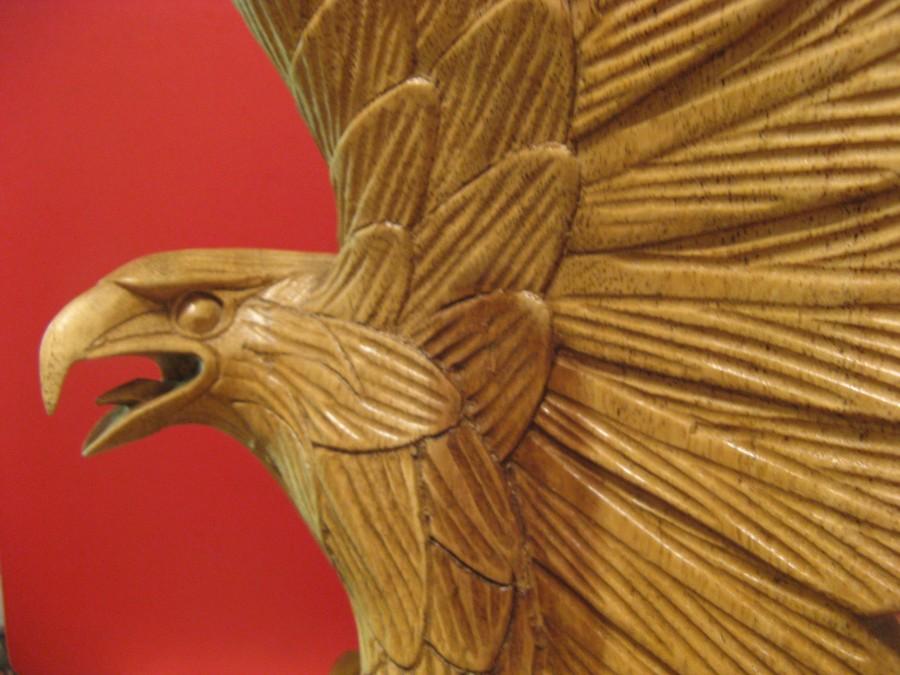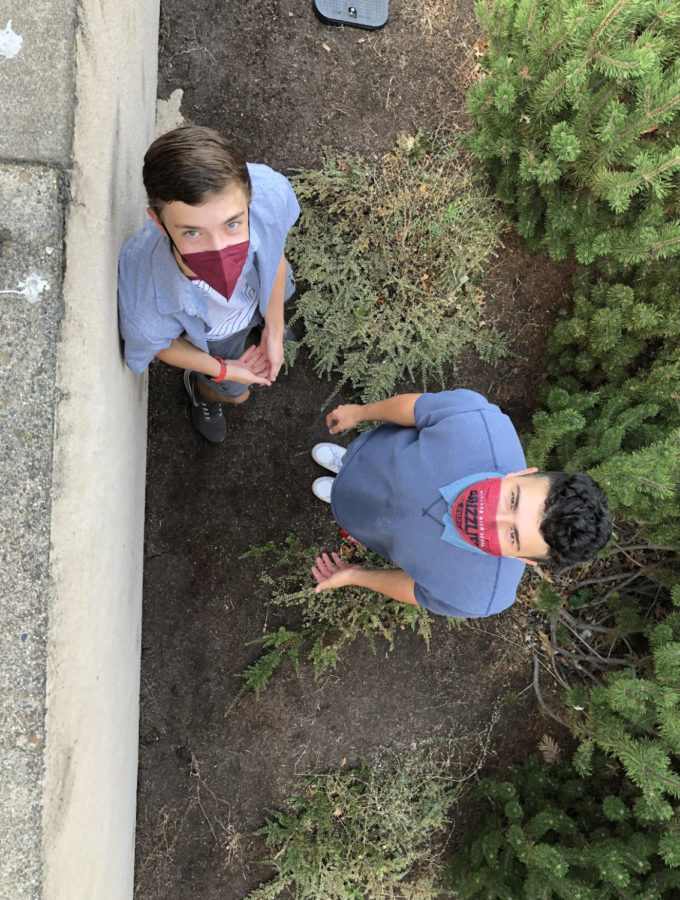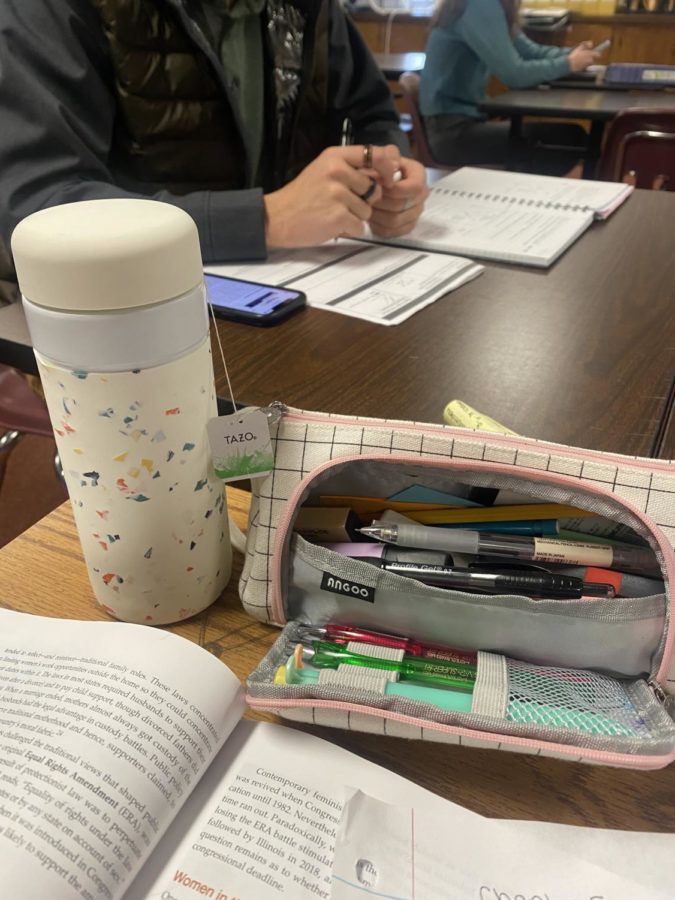Becoming an Eagle Scout is hard, really hard. I would know; I am trying to become one.
When I joined boys scouts I was surrounded by olders kids ready to enter high school at the end of that summer. I have always been one to challenge myself, so when the first older scout earned his eagle award I knew what final goal I could work towards. That boy was an upstanding member of the community. An incredible leader, he was active in the football team, had straight-A grades, and even invented and installed a device to save small animals caught in water troughs on farms. Every kid wants a great role model, and he was the kind of person I wanted to be.
To begin the road to eagle I had to climb the first six ranks to become eligible. I began with the “scout” rank. To become a scout I learned how to tie my first knots, the square knot and the half-hitch; both are used in basic structures. I was then taught my oaths, the Scout Law, oath, and the outdoor code. After memorizing all that, I was formally accepted into scouting.
Tenderfoot was the first step in my basic training.
Second class followed, building on my original knowledge of knots and first aid.
First class marked the end of the my basic skill training. This rank signifies the completion of a scout’s outdoor training. As a first-class scout I am well-versed in knots and woodcraft.
The star rank is next; marking the transition into learning leadership and responsibility. After first class, every rank requires a set of merit badges. Earning a merit badge shows that I have received basic training in an extra-curricular skill. This includes anything from personal finances to wilderness survival.
Life is the last rank before eagle. It merely builds on skills I learned in the previous rank, and working on my leadership abilities.
More work is required to finally earn the eagle badge than is needed for any of the previous ranks. The majority of the work and time is put into a service project, known as the eagle project. The eagle project once needed a minimum of 100 hours of manual labor, but recent reforms have brought the requirement down to simply having to be approved by the local council to be a significant amount of time and effort. In addition to the project, a total of twenty-one merit badges are required to advance. These badges are selected from a specific list, which focuses on professional life and personal fitness.
After I complete those requirements, I must attend a board of review. At the board of review, I will be judged by a panel of critics, who will determine if I am ready to advance. If I pass my board of review, I will officially be an eagle scout, and I may begin planning my court of honor, which is the ceremony where I will be be awarded the badge.
The court of honor is a boy’s first chance to use his planning and management skills, as the new eagle scout is in charge of planning the event. Usually, invitations go out to family, friends, the scout’s troop, and anyone else who assisted him in earning his badge. There is no single way to perform this ceremony, but it usually includes a speech about the rank’s importance, the sharing of stories from fun times in the troop, and thanking everyone who attended the eagle project.
The road to eagle is long, and requires a significant amount of effort from a scout. The pride of receiving such a prestigious award, and the prestige itself, are considered well worth it by boys who have completed the challenge, and I’m ready to tackle it myself.









